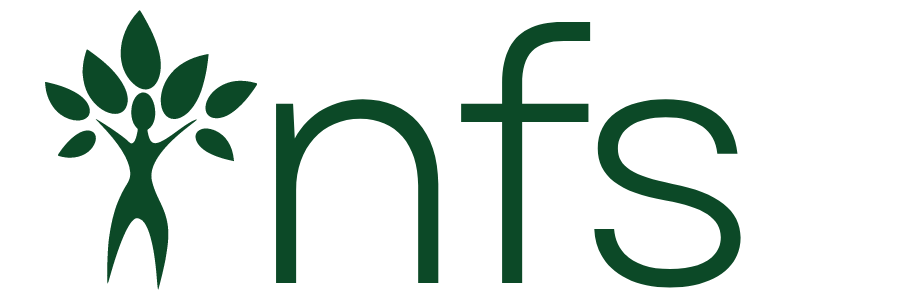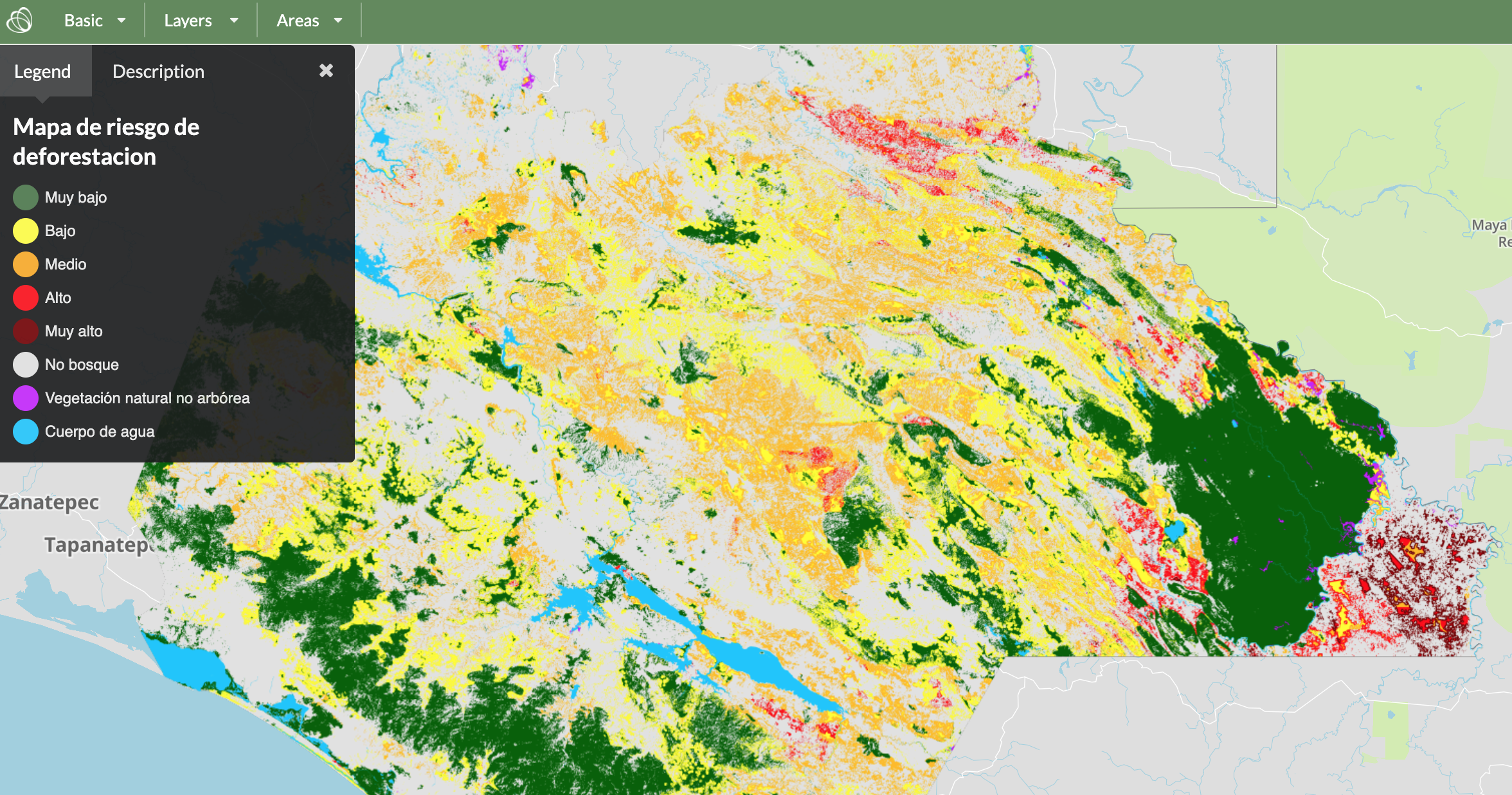Lack Of Independence Hurting The Carbon Market
Recent controversies about the integrity of credits issued by Verra to REDD projects in several countries have shone a spotlight on the approaches used to set project reference levels.
Reference levels are the baselines against which project impacts are measured. Verra / VCS credits have, up to now, allowed individual projects to develop their own reference levels, albeit with detailed and complex methodological guidance. The criticism levelled by various observers indicates is that, despite the use of third party verifiers to check critical assumptions, the reference levels set by projects have led to systematic over crediting of REDD activities. The extent of excessive crediting is still subject to debate but the doubt generated has led to a reduction in confidence in these types of projects and some soul searching among proponents of REDD.
Of course, setting appropriate reference levels is not straightforward and it is important to note that there are two types of errors to consider:
- Over-estimation of the risk (likely rate) of forest loss – leading the the generation of excess numbers of credits, or so-called “hot air”
- Under-estimation of the risk (likely rate) of forest loss – potentially leading to under resourcing of forest protection and loss of forests that could otherwise have been protected.
Some proponents of REDD have argued that it is better to generate more credits to ensure that more resources are generated to protect forests – better to give the patient the medicine, even if it is not absolutely essential. But when this line is followed it has led to a tangible devaluation in credit value, and an overall loss of confidence in the crediting program.
The ideal reference level is one that generates the level of credits (both quantum and value) needed to safeguard the forest when and where that support is needed, but does not generate excessive claims of impact that could undermine the credibility of the crediting program or the value of the issued credits.
That’s why NFS sets Reference Levels Independently of Projects
The Natural Forest Standard (NFS) has always taken the view that independent setting of reference levels by experts, taking account of the risks and trends within a region is a more appropriate, consistent and efficient approach for estimating the impacts of REDD+ projects. The first NFS project in Borba, Amazonia used a risk map that was generated with the support of the UK Government and with inputs from INPE (the Brazilian Space Research Institute) and local experts. This Amazonian risk map is based on the ACEU Drivers methodology (A = accessibility; C = cultivability; E = extractive value; U = unprotected), also known as the Hectares Indicator Method. The Hectares Indicator has been used to assess a number of publicly funded REDD+ programs and generally gives a more conservative view of project impact than self-assessed reference levels.
The Next Generation Risk Mapping Puts NFS Ahead Of The Pack
While other standards are just starting to consider the practicalities of incorporating externally set reference levels, the NFS is already looking to adopt the next generation of risk maps, such as those developed in Chiapas, Mexico by El Colegio de la Frontera Sur (ECOSUR), with the support of UK PACT and Ecometrica.
The next generation of risk maps are based on time series of high fidelity vegetation and land use maps and involve the use of machine learning to reflect the impacts of different drivers of land use change in different physical, social and biological conditions. These risk maps are calibrated against recent forest change dynamics, as monitored by earth observing satellites, and can be updated periodically to reflect changing conditions.
The latest risk maps produced by ECOSUR cover forests within the 7.3 million hectare, biologically diverse state Chiapas, Mexico. The risk maps provide an objective, evidence based measure of the risk of forest loss that can be used to set reference levels for NFS projects.



